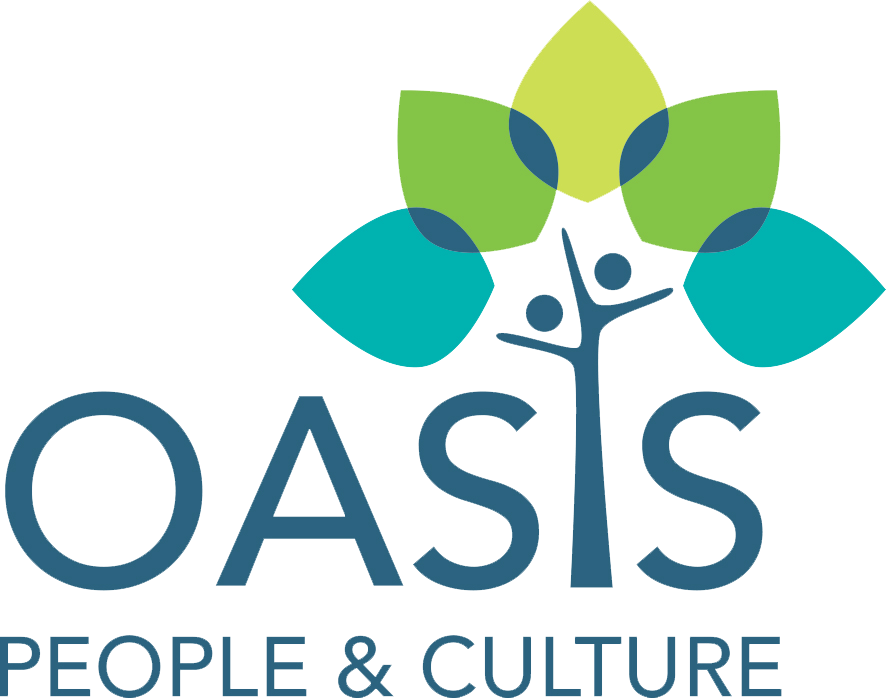We regard ‘tension’ as a condition to be relieved, not an energy to hold in our hearts. … The genius of the human heart lies in its capacity to use these tensions to generate insight, energy and new life.
Parker Palmer
What’s your default attitude to feeling tension or stress in your life?
Are your current responses to uncertainty, tension or stress life-giving, life-depleting or life-destroying?
How might learning to hold tension in more life-giving ways help you engage more fruitfully with the inevitable uncertainties and pressures of life and work?
I find it useful to view myself as a ‘recovering control freak’ on a never-ending journey; learning to live with fluctuating levels of anxiety as I react or respond to the planned and unplanned events of life.
Some years ago, the phrase ‘holding tension in life-giving ways’ from the Quaker educator, Parker Palmer, caught my attention. It was new language for me and I’ve been exploring it ever since. While no silver bullet, it’s made a big difference. It’s SHIFTED MY THINKING & PRACTICE in tangible ways. As I share some of this with you, I invite you to compare this with your experience.
INSIGHT 1:
For much of my life, I’ve unconsciously considered feelings of tension or stress as ‘bad’, a weakness to be feared, managed, minimized and preferably eliminated. The inevitable step was concluding something is wrong with me if I can’t control such feelings.
While I no longer accept this as true, it remains a strongly conditioned pattern that’s easily triggered.
INSIGHT 2:
This language of holding tension in life-giving ways helps me reclaim the truth that there is NOTHING wrong with me or with experiencing tension or stress. Indeed, experiencing fluctuating tension is a natural, inevitable part of being alive.
INSIGHT 3:
Since tension is not optional, I’ve found it useful to practice noticing how I think about and react to tension points in my life. Do I hold tension in ways which enable me OR trigger me?
This helps me realise I don’t have to react habitually; I can choose my response. As I get better at noticing, I gain important insights about myself and find more fruitful ways to relate to myself and others.
INSIGHT 4:
I’m strengthening an inner practice of holding tension in life-giving ways. It goes like this:
I sit quietly and focus on breathing slowly and deeply; noticing it move in and out.
Then I notice my:
Thoughts: letting them pass by without getting attached, I allow my inner chatter to slow and settle
Body: I scan slowly from feet to head, observing where there’s tension.
Emotions: feelings linked with the physical tension.
I don’t do anything, just observe and keep breathing slowly. I sit with any discomfort I’m feeling.
Next, I gently return to my thoughts to the possible triggers that may be the source of the tension I feel.
I try not to jump quickly to identify a single cause for my discomfort. I sift possible triggers as they come to my mind, waiting for the trigger of most concern to surface. Sometimes this happens quickly, at other times, I have to wait.
Clarity about the source usually brings with it a next step, along with a greater sense of calm. Whether or not clarity emerges, the severity of the tension is almost always reduced.
Mastering this practice takes time, and I’m learning to trust the process, to trust myself. Learning to be more comfortable sitting with discomfort, and learning that tension won’t kill me but listening to it can transform me.

